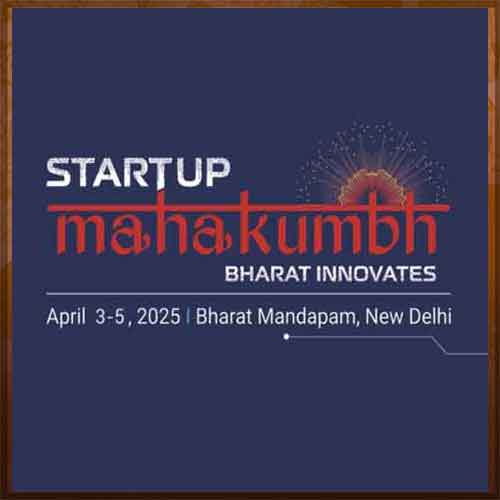
Given the world’s excitement about the endless possibilities represented by generative AI, the next chapter in the history of technology is nearly writing itself. McKinsey & Company predicts generative AI will drive billions of dollars in annual revenue growth for industries like banking, high tech, life sciences and retail. SAS is at the center of these critical industries. As part of its $1 billion investment in industry solutions, SAS will deliver the last mile of generative AI’s promise.
“SAS is being intentional with its approach to generative AI, synthetic data, digital twins simulation, and large language models, and rightfully so,” said Dan Vesset, Group Vice President, Analytics and Information Management at IDC. “These are all critical capabilities to enabling greater decision velocity – the goal among executives who are allocating investments toward the latest AI, analytics and data initiatives. SAS’ reputation for advocating ethical AI means it will provide customers with sound guidance on these transformational technologies, which is especially important when the stakes are high for customers in industries that handle sensitive data like banking and health care.”
Learn more by attending SAS’ Generative AI Strategy for Enterprise Transformation.
SAS continues to work with customers building digital twin simulations in manufacturing and logistics. For synthetic data generation, SAS is working with customers in the banking and health care industries. SAS is also extensively researching the application of large language models (LLMs) to industry problems with a primary focus on delivering trusted and secure results to customers.
“Realizing value from generative AI requires deep industry domain expertise, state-of-the-art AI capabilities and end-to-end governance. SAS uniquely delivers all of this in our portfolio,” said Bryan Harris, SAS Executive Vice President and Chief Technology Officer. “Our $1 billion investment in industry solutions includes the integration of trustworthy generative AI capabilities that are accurate, explainable and defendable. SAS® software is often mission-critical to our customers’ businesses, and we don’t have the luxury of being right ‘sometimes.’”
During SAS Explore, SAS leaders are showcasing the progress of the company’s innovations with trustworthy generative AI. Specifically:
● Synthetic data generation. SAS has pioneered a patented extension to generative adversarial networks (GANs) to create statistically congruent tabular data that reflects the complexity of real-world environments. This capability enables privacy preservation, bias mitigation, and rare events augmentation and serves as the foundation for digital twins. SAS’ innovation in this space massively improves predictive models while reducing cost to insight across industries like health care, life sciences, banking, insurance, retail and manufacturing.
● Digital twins. To plan for disruptions and improve resiliency, organizations need to simulate and optimize complex systems like supply chains and manufacturing floors. Building a digital twin of a physical system empowers an organization to ask, “What if?” and see the future faster. This leads to more strategic decisions, increased value, and reduced risk and loss. For example, SAS works with organizations like Federal Public Service Finance and Wienerberger to optimize operations, better diagnose problems and improve predictive maintenance measures.
● Large language models. Large language models are a key element of the generative AI movement. And to deliver real value to businesses, these foundational models must be fine-tuned to industry use cases while preserving data privacy. SAS’ expertise in neural networks, deep learning, reinforcement learning and natural language processing accelerates generative AI time to value for customers. For example, SAS customers can already use the power of generative AI models with a SAS Customer Intelligence 360 integration. It helps marketers streamline planning, content creation and journey design activities.
SAS and strategic partner Microsoft focus on generative AI productivity
SAS and Microsoft are committed to delivering productivity gains for customers while also providing trusted and secure guardrails in the development of AI.
“We know SAS excels in industry solutions with a wide variety of expertise, and we’re excited to expand our partnership with this emerging technology,” said Brad Carlstedt, Global Director of Partner Development at Microsoft. “By leveraging Azure OpenAI technology, we’ll be able to help global enterprises increase productivity and the confidence of their developer teams.”
The strength of LLMs is their ability to create conversational experiences from massive data sets; however, they are not designed for integrating quantitative calculations from enterprise systems. This is the critical last-mile challenge that SAS and Microsoft are partnering to solve for businesses.
SAS and Microsoft are jointly developing a generative AI integration that combines the scale of Microsoft Azure OpenAI with SAS’ orchestration of enterprise tasks and existing analytics used by enterprises to make operational decisions. The generative AI integration will be available in a private preview in Q4 2023.
SAS is working alongside customers to develop generative AI workflows for industry-specific solutions in key industries, including banking, insurance, manufacturing, retail and throughout the public sector.
Supporting our commitment to trustworthy AI, SAS has published a company policy providing guidelines around the use of generative AI. Learn more at Responsible Innovation | SAS.
Today's announcement was made at SAS Explore, the technology conference from SAS. Keep up with the latest news from SAS by following @SASsoftwareNews on X/Twitter.
See What’s Next in Tech With the Fast Forward Newsletter
Tweets From @varindiamag
Nothing to see here - yet
When they Tweet, their Tweets will show up here.




























